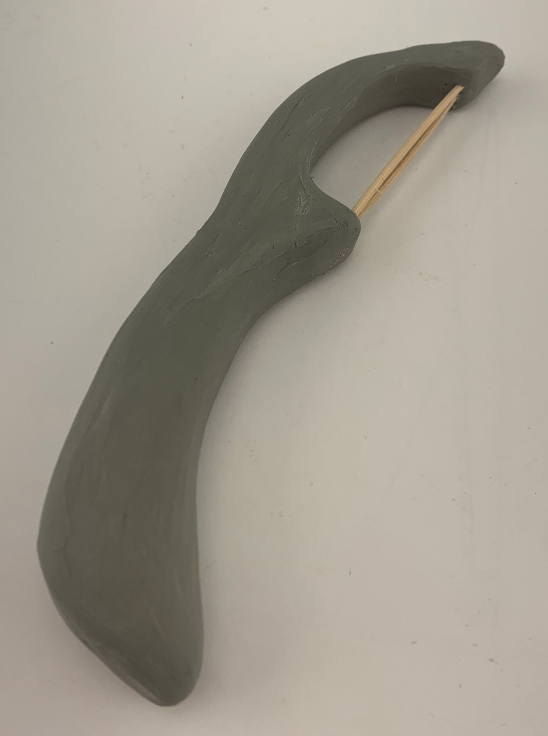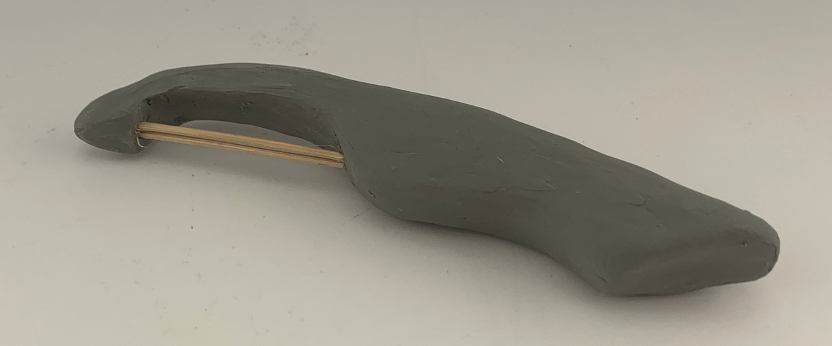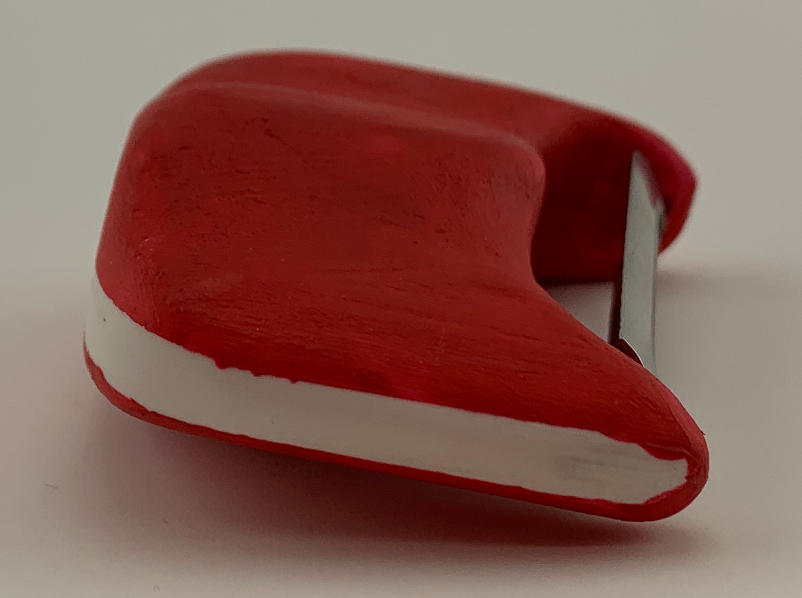Ergonomic Potato Peeler Design
In ARTDES 241: Intro to Product Design, I created an ergonomic potato peeler. This peeler is designed with a few main goals in mind: accessibility, function, and comfort.
Accessibility: This peeler was designed with both left- and right-handed users, as well as large and small-handed users in mind
Function: This design deviates from the form of traditional peelers, bringing the hand closer to the subject. This allows for more control and peeling precision.
Comfort: Creating a peeler that both looks and feels comfortable is the final goal, achieved through the use of clay modeling to mirror hand contours.
Ideation and Brainstorming
Inspired by designs like the Alessi Objets-Bijoux Sfrido Potato Peeler (left) and the Kuhn Rikon Piranha Y Peeler (right), my ideation process began with rough design sketching
Prototyping and Design Selection
Using clay and toothpicks, three initial designs were realized and tested for comfort and accessibility. Design 1 (above) features a close design, intended for gripping using the handle. Testing determined a more comfortable side-grip (top left). Designs 2 and 3 (bottom left, center/right) feature a more traditional peeler shape. Design 1 was chosen to move forward with and iterate upon.
Final Design
The final peeler was created using SolidWorks and Blender to model the overall shape based on clay prototypes, then 3D-printed using PLA plastic and painted with acrylic paint. A blade from an old peeler was snapped into the 3D-printed frame, allowing the final prototype to function.















